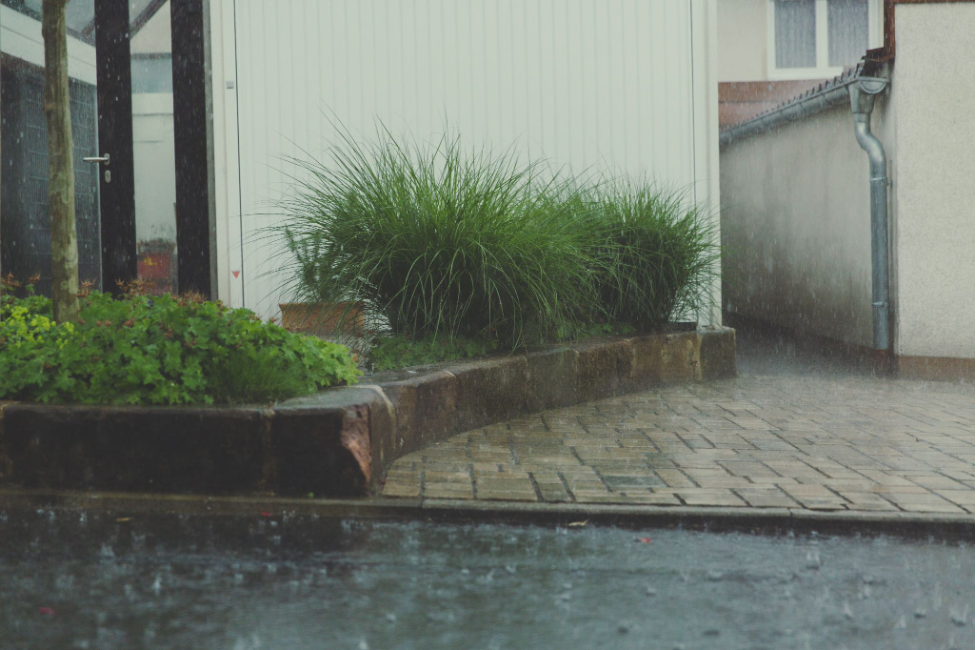The following is written by PWW guest blogger, Dean Burgess, shared with permission.
 Image via Pexels
Image via Pexels
Rainwater harvesting is a process by which one collects and stores rain for future use. While the practice of harvesting rainwater has existed for centuries, it is regaining prominence across the country due to adverse climate changes such as an increasing drought conditions, depletion of groundwater, and pollution of freshwater sources. Even if you live in an urban setting with a reliable source of water throughout the year, harvesting rainwater can help you reduce your water bills and consumption, by acting as an alternative source for the following activities:
- Watering your garden
- Washing your car, driveway, and home’s exterior
- Refilling your fountains or swimming pools
- Providing access to clean drinking water in times of emergencies
*It’s important to check local guidelines and ordinances to ensure that harvesting rainwater is legal in your area — this website provides a list of states and their respective laws.
Installing Rain Barrels
As the name suggests, this method involves the collection of water from your gutters directly into a barrel. This is a cost-effective method as your only investment will be to buy barrels.
Depending on your needs, you can opt to buy one or more barrels. As reported by Home Depot, a typical rain barrel can store between 50–80 gallons of water, which should be sufficient to cover tasks such as watering your garden and washing.
Using the Dry System
This can be considered a variation of using rain barrels, but tremendously increases your water storage capacity as it allows you to collect water from all gutters across your home into a much larger tank. As reported by Tanks Direct, tank capacities range from 300–60,000 gallons or more. The size of your tank will depend on various factors such as the amount of rain you receive per year, budget, and space around your home.
The name “dry system” comes from the fact that the pipes drain all the water into a tank located at a lower height from the gutter, preventing them from having any residual water. For installing a dry rainwater harvesting system it’s best to call professionals who are skilled in the process of installing the tank and supporting pipe structures.
Using the Wet System
In this method, the water from your gutter flows into a system of pipes underneath your home and drains into a tank. Given that the tank is underground, you have the option of placing it further away from your home and avoiding messing with your outdoor aesthetics.
However, proper installation and pipe draining are key for this system. If water starts stagnating in your pipes it can become a breeding ground for mosquitoes and other organisms leading to a major health risk.
Regardless of the method you choose, the success of the system will depend on how well your gutters function. Being the primary source of collection, your gutters need to be clean of dirt, debris, and other foreign objects, allowing water to flow smoothly into your barrel or tank.
While gutter cleaning is seen as a common DIY task, it often is tedious and takes considerable effort to do thoroughly. Many homeowners turn to gutter guards to help mitigate the amount of buildup their gutters receive, cutting down the frequency of gutter cleanings. Before installing any systems, you should have your gutters and home inspected to rule out any issues which can cause problems in the future.
Now that you know all about rainwater harvesting and its benefits, choose the system best for you and install it before the next expected rainfall in your region.
To learn more about the work PWW is doing with rainwater harvesting systems in rural and underserved communities, click here.
